
Photo by courtesy Pedro
Hello Yakkers, apart from our usual Membership, Record Catches and Fishing wrap up, this month's edition includes the following articles
- Bomber writes on how to rig up for catching Jew Fish and Tailor
- Interview with Jake Michael - Olympic kayaker based at Sydney University's School of Sports Science and Exercise
Also, back by popular demand, Davey G's surf zone paddle and water safety session coming up in the next few months so stay tuned for exact dates, location and times. Dennis Tocknell from Australian Kayak Specialists has also confirmed that he will bring his arena and some demo Stealth's for the Noosa Yakkers to try out in the surf.
Last year was a challenging event but the members are all better paddlers for the experience. A reminder photo below of the pre-briefing session at last year's event held in tough conditions on Noosa's West Beach.
Last year was a challenging event but the members are all better paddlers for the experience. A reminder photo below of the pre-briefing session at last year's event held in tough conditions on Noosa's West Beach.
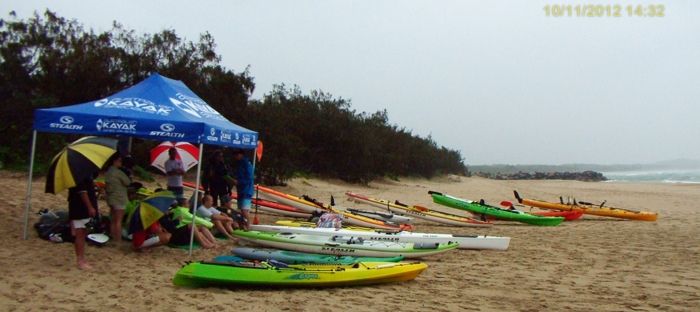
Also coming soon, articles and video demonstrations of paddle strengthening and stretching exercises compiled by local masseur, personal fitness trainer, and new member, Owen Norris (Owie).
So sit back, grab a coffee or beer and read on.
TurtleBoy

May is gone and Winter is upon us, but that just means it's time for some snapper action! The trip reports this month were not in short supply, but the fish were a bit hit and miss. Here's hoping for a bountiful season over the cooler months.
May memberships have seen the usual steady increase with one loss and two new additions, bringing our total numbers to 90. Let's see who we have...
Alan Williams (Willo)
Alan is retired Tewantanite, and 61 years young. Alan has little offshore experience, but is very keen to try his luck when he acquires a few more pieces of equipment.
Matt Carter (Cybertech)
Matt is a self-employed computer technician and has lived in Noosa all his life. A Viking Profish45 is Matt's weapon of choice, and he has modified it to suit his fishing style.
Welcome guys, and tight lines!
Matt (Gemini)

Yakkers I have mentioned before my love of beach fishing. The other thing that's great about it is that even when its a little too rough to get the yak out the beach still provides great opportunities for keen locals as we have some pristine waters up here. When I fish the beaches I mainly only target 2 species, that being Tailor and Jew. Of late the beaches of the Sunny Coast have been providing some great beach fishing and I have been catching some decent fish including snapper off the beach. I will share with you what works for me but I will stress that I don't consider myself an expert just a lover of the sport. I am willing to sit there all night in the cold for that one decent fish which is something that you must be prepared for when chasing Jew.
Rigging and bait -
Tailor -
I use 2 size 4 hooks joined together by a barrel swivel. To the top hook I use a split ring to attach the hooks to a wire trace. I then use some heavy mono of about 50cm which I tie to the swivel of the wire trace. On the mono first is a rubber bead then a size 10 ball sinker then another rubber bead and finally another swivel, the beads protect the knots from the heavy sinker. This rig is tied to the main line, I like to use at least 20lb line. If you want to catch big tailor I only use flesh bait. For this I buy bonito or mac tuna and I salt them down. I leave them sit and freeze the bait in the brine and juices from the fish which toughens it up a bit but still retains its moisture. I grew up using pillies but only started catching greenback tailor consistently once I started using decent flesh baits, I don't know why as I'm not a fish buts that what I and many others have found.
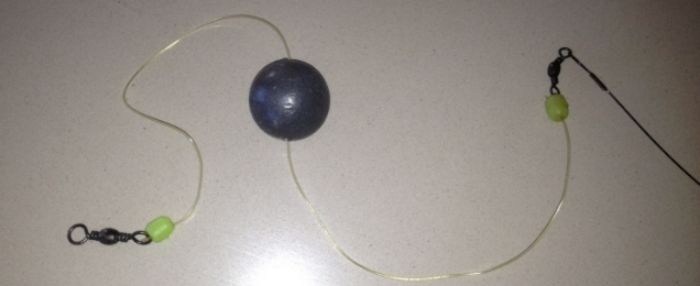

Jew -
For Jew I will start by saying that I have never caught one using a wire trace, not saying you won't but I haven't. I use size 7 hooks on snell rig using a mono trace only which I attach to the main line with a swivel. I then use a size 2-4 star sinker on a running sinker clip. That's it, there are plenty of videos on YouTube if you want to learn how to tie a snell rig. Of everything I have ever read and practiced only fresh bait seems to work. I am not sure of anywhere on the Sunny coast I could catch some fresh squid so if anyone knows I would love some advise but I use fresh mullet, the best bait is fresh tailor if you catch one first. When presenting your bait make sure there is plenty of the hooks showing. Also I fish with very little drag on as the Jew will often just go for a run with the bait without actually taking it. Even let them run for 20 seconds or so before tightening the drag and setting the hooks which is sometimes a test of a blokes nerves.

Gutters -
I am sure you all know what a beach gutter looks like so I won't touch on that but I will say that for me I like to fish on the shallow sand right on the edge of the deep water as both tailor and Jew will feed in the shallows especially when the have deep water to escape to.
Ok gents I sure there are plenty of you that are also keen and experienced beach fisho's and may dispute some of my advise but that's what's always worked for me so hope that helps a little for those that have never tried it.
Cheers
Bomber

Hello Yakkers,
As pointed out above by Gemini, it has been a pretty quiet month in terms of the total catch during May despite the 10 recorded trips exceeding the lesser number of reports but more prolific May 2012.
The 2 most successful reports came from Pedro, Wendy, BigKev and the AKFF guys up at DIP and EyeTag's night on the Noosa River.
Open water catches included longtail, snapper and greasy cod with EyeTag taking bream, mangrove jack, bigeye trevally and flathead in the river.
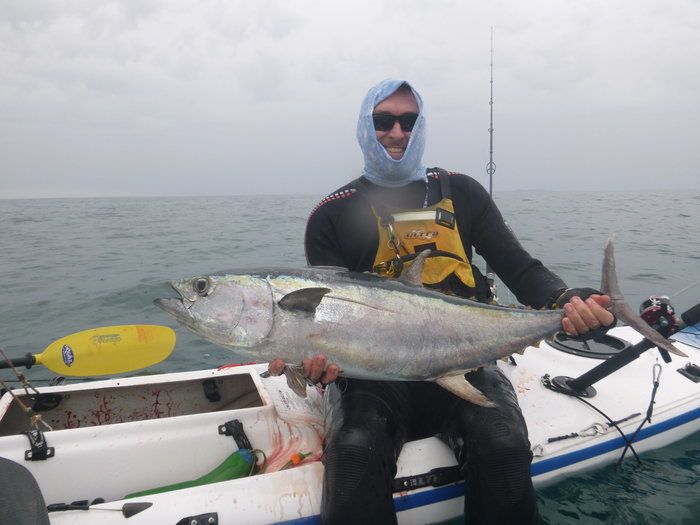
Photos above and below of BigKev and Trev during the AKFF boys trip to DIP. Cold but happy !
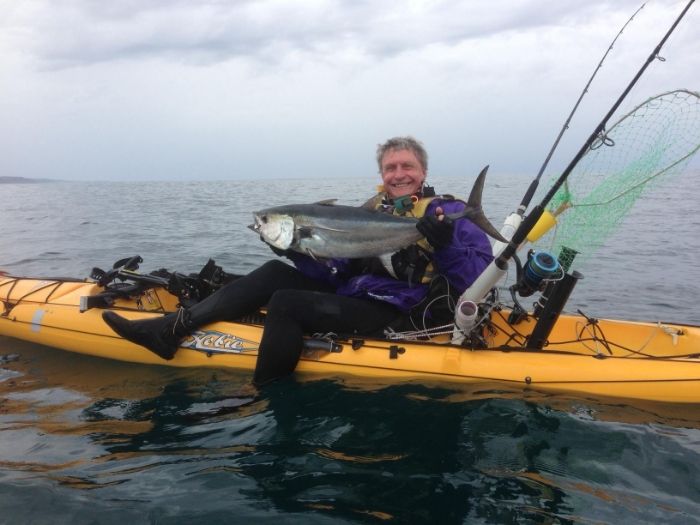
TurtleBoy
More than just an arms race, article by Charmaine Yabsley as published in the Sydney Morning Herald 23rd May 2013.
If you want to burn fat, improve your sense of self-worth and overall wellbeing, then pick up a paddle and head straight to the water. Kayaking is a great way to work out the entire body evenly.
The left ventricles of regular kayakers are 50% larger than those who are sedentary.
If you’re not comfortable surfing or paddleboarding, you can still hit the water for a top-to-toe workout, although this time you’ll be sitting, rather than standing. And while it looks like it is an exercise restricted mainly to the upper body, the entire body can burn up to 1000 calories an hour.
Body benefits
In research published in the Journal of Sports Science and Medicine, researchers from the School of Exercise and Sport Science at Sydney University found that ‘‘ flat-water kayaking is characterised by exceptional demands on upper body performance’’ . This is good news for our heart and cardiovascular system, which also means good news for our waistlines. The same study also reported low levels of body fat and a body composition favouring lean muscle mass in Olympic sprint canoe and kayak paddlers.
So why use a kayak? ‘‘ Many people feel more comfortable in a kayak, as they’re seated within it, supported on either side,’’ says Olympic kayak competitor Jake Michael, from Sydney University’s exercise school. ‘‘ Using a double-sided paddle to propel the kayak forward, each stroke increases the velocity at which the kayak travels; each time you lift the paddle out of the water, the velocity slows down. This is because, the movement of a kayak, semi-submerged in water, is opposed predominantly by water drag,’’ he says. ‘‘ For the kayak to move forward the paddler must generate forces by the working muscles.’’
Even if you’re not competing in an event, or even paddling constantly, ‘‘ kayaking ... also improves the aerobic capacity and fitness of the paddler’’, Michael says. Aerobic capacity refers to the maximum amount of oxygen that the body can utilise during exercise, ‘‘ regardless of the pace’’ .
What happens to your body when you’re in a kayak
‘‘ Many people think that it is just the arms that are used during paddling,’’ Michael says. ‘‘ Paddlers also place exceptional demands on the entire body, from the large muscles of the trunk that rotate the torso, to the smaller muscles that extend the arm and, to a smaller amount, on the muscles of the legs.
‘‘ As your technique improves, you will find that the legs become important to assist with rotation. Because the legs are a much greater muscle group than the arms, a reduced strain is placed on the cardiovascular system when using these muscles compared to the arms. Thus, by incorporating the legs, paddlers can save energy in their arms and have the ability to extend the length of time they can paddle as well as get in a whole body workout.’’
How to prevent injuries
Because kayaking is not an impact sport such as running, where with each stride you land heavily on the ground, it is a safe and effective activity that can be performed by everybody. Some kayaks are double-seated , which means you can paddle with your partner, friend or child. And as you improve your level of fitness with each stroke, you are literally reducing your risk of generating an injury the more you paddle.
‘‘ However, with any form of exercise, the large force requirements, repetitive nature and postural considerations involved in paddling may place the structures of the lower back and shoulder joint at risk of injury,’’ Michael says.
‘‘ In addition, paddlers new to the sport often develop pain in the small muscles in the back of the shoulder and wrist. This may be due to technique problems and can often be fixed by a simple adjustment to the way the paddle is held.’’ Ideally, before you set out, have a lesson with an instructor to learn the correct techniques. This small investment may save you medical bills on the long run.
And there’s little chance of overexercising one side of your body, as can occur in other sports. ‘‘ Because kayaking uses a double-sided paddle, to get the kayak to move, paddlers will need to coordinate the left and right side of the stroke,’’ Michael says. ‘‘ This creates a strong core.. . as well as helping to stabilise the boat. Overall, kayaking is a great way to work out the entire body evenly.’’
All in the mind
Research in the Journal of Leisurability found that participants in a 12-week kayaking program reported elevated feelings of self-worth , confidence and adequacy. They also reported feeling better about their overall physical appearance. ‘‘ Depending on your goals and type of paddling you enjoy, kayaking can be peaceful and meditative or pedal-to-themetal-style ,’’ Michael says. ‘‘ Either way, it is a good way reduce stress levels and increase energy.’’
Charmaine Yabsley, Sydney Morning Herald
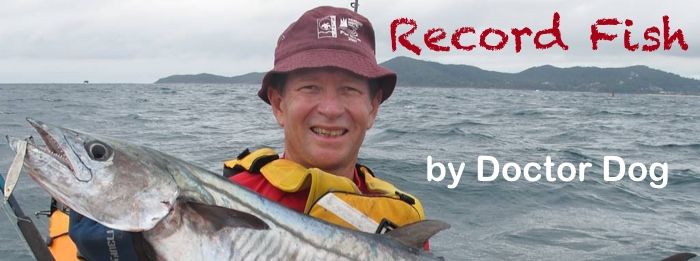
Hello Yakkers, We have one record claim pending during May. More on that announcement a little later.
Tight lines
Doctor Dog
Well that's about it folks, until next month…
Turtleboy.
The Committee (in callsign order)
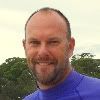



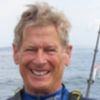
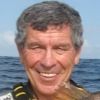

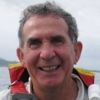

From top left, daveyG, doctor dog, eyetag, gemini, jaro, jimbo, pedro, sunshiner, turtleboy.

No comments:
Post a Comment